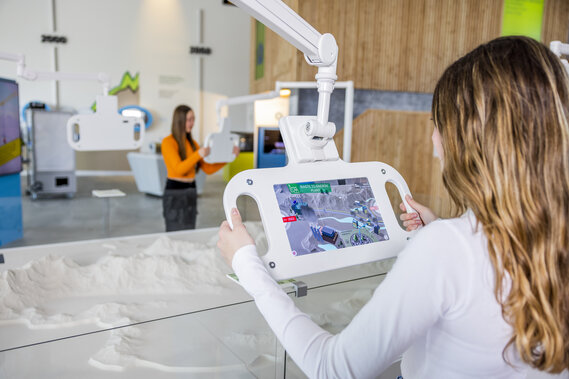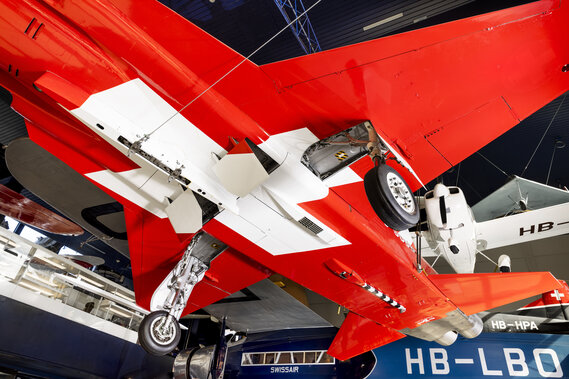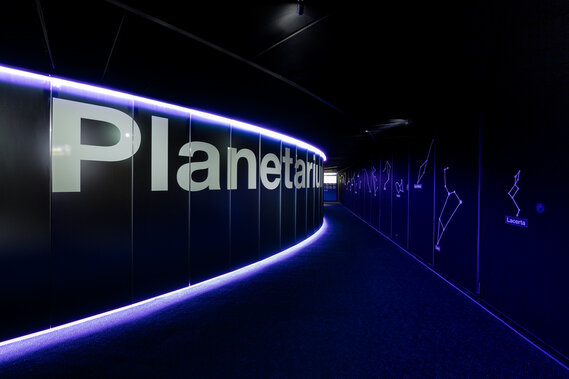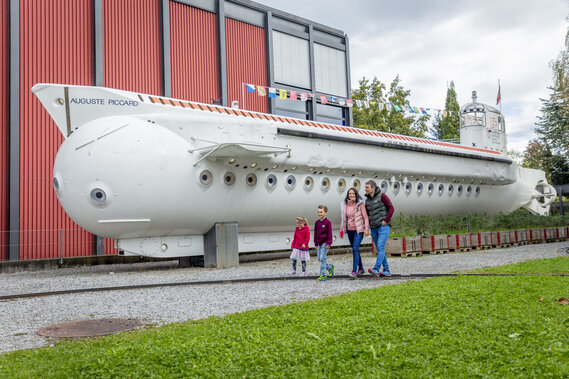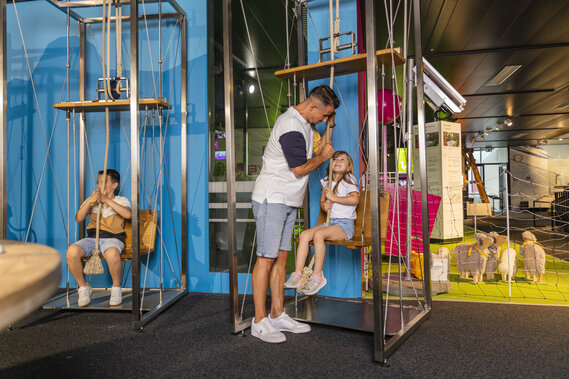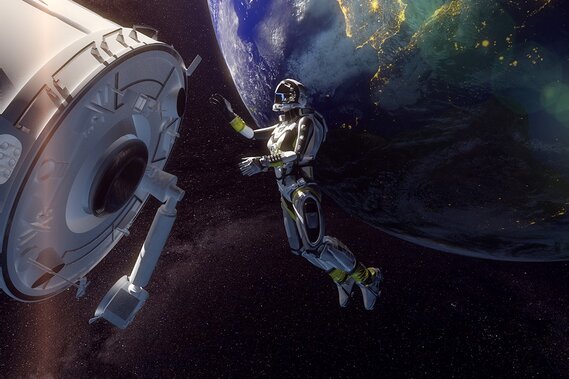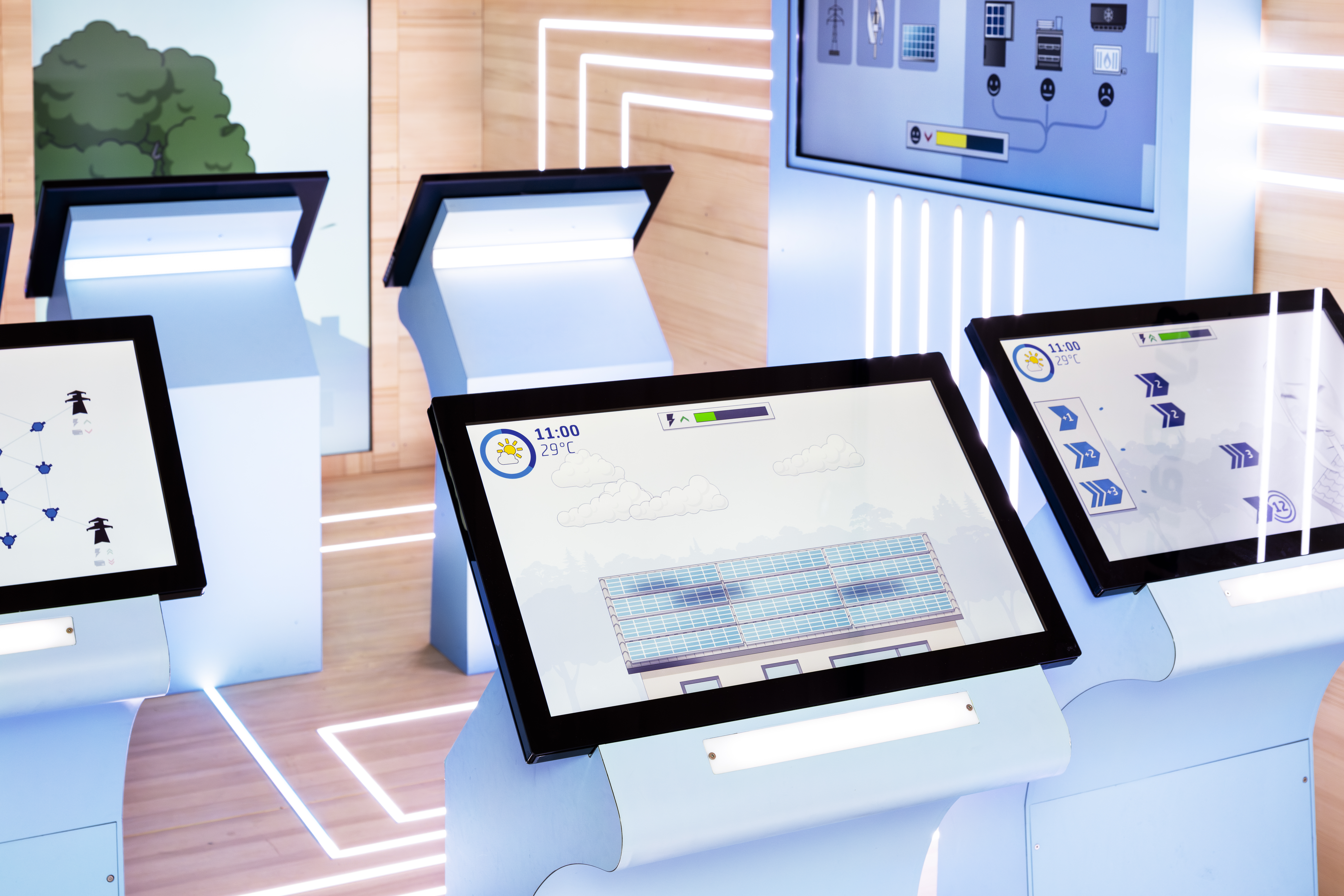
Nature and technology
The Energy Hall will be modernised and redesigned by March 2026 - this may result in temporary restrictions on use. Our teaching material still refers to the old Energy Hall, so some of the content may differ slightly. You will find a corresponding note on the worksheets.
